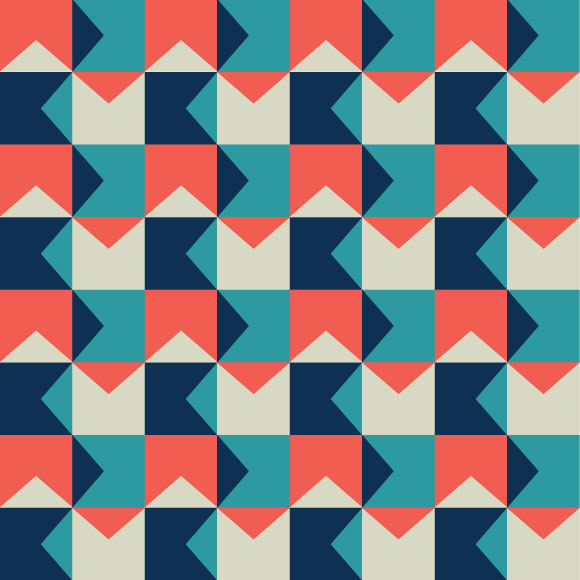

This will enable you to see if they have managed successfully to create a tessellating/tiling pattern using two or more different shapes. Review the quilt patterns the children share with you.

Also, ask children working from home these questions to ensure they understand and so that you can support them if they do not. Work with them to support them to use appropriate vocabulary. Focus questioning on the properties, names and sizes of the 2D shapes they are looking at.



 0 kommentar(er)
0 kommentar(er)
